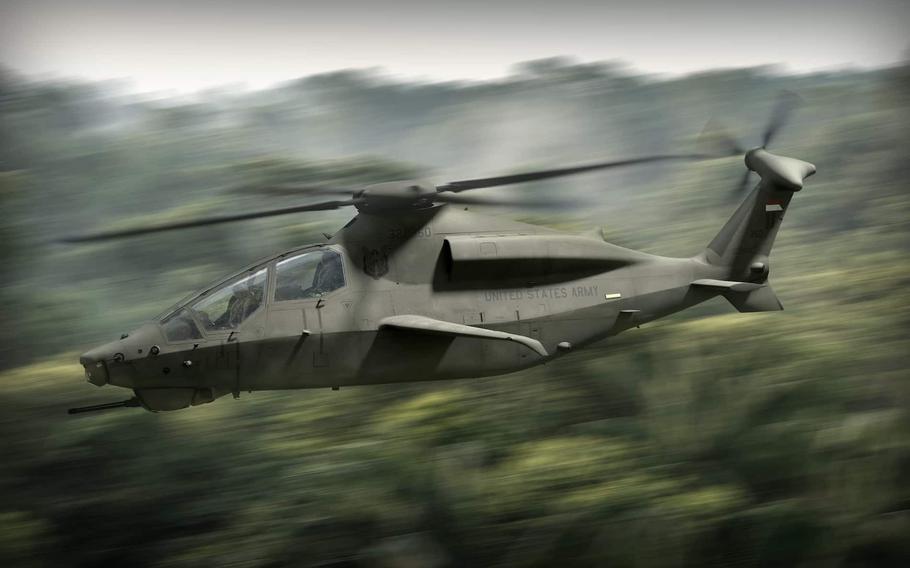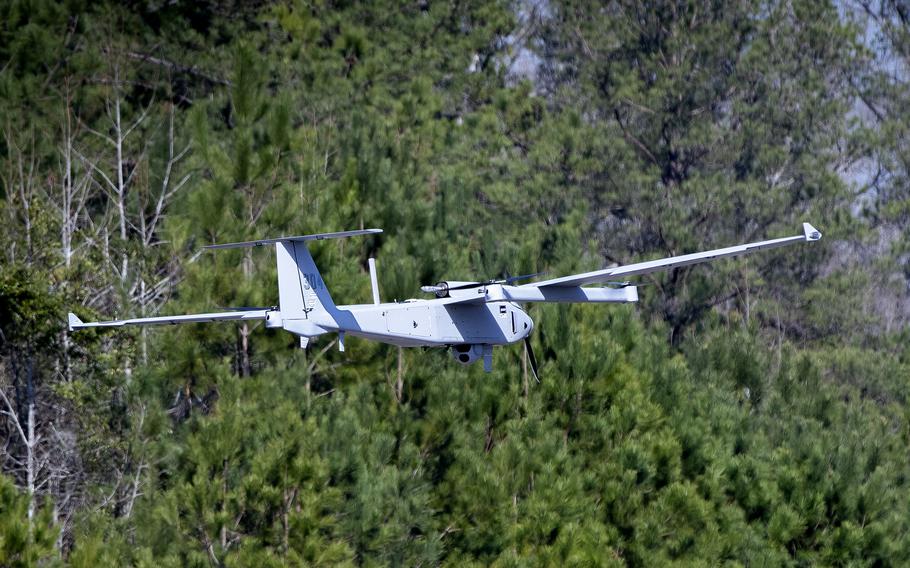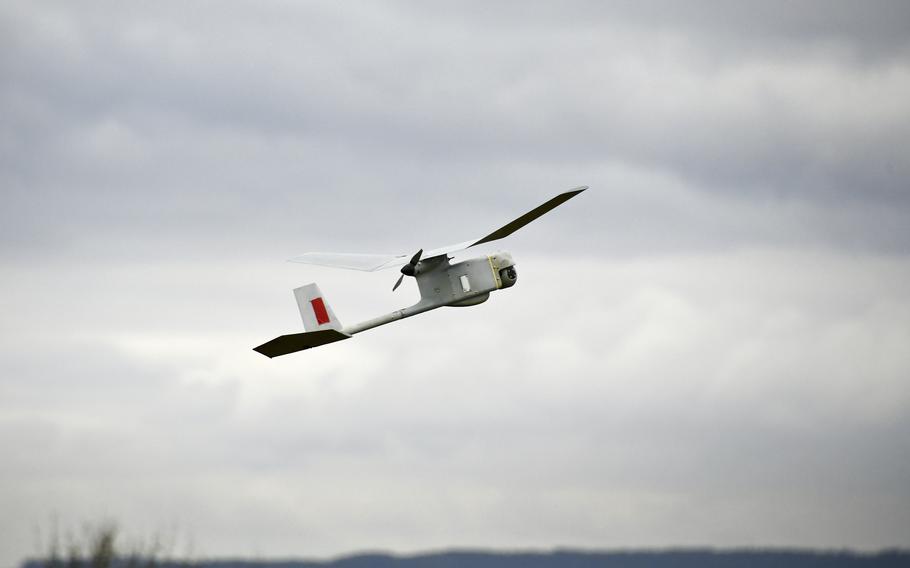
The Army's Future Attack and Reconnaissance Aircraft initiative, which includes the Bell 360 Invictus, is being dropped, according to a Feb. 8, 2024, statement by Chief of Staff Gen. Randy George. (Bell Textron)
The U.S. Army is giving up on a scout helicopter development program after spending $2 billion on it, opting instead to pursue more affordable drone alternatives.
The decision on the Future Attack and Reconnaissance Aircraft program was prompted by “a sober assessment of the modern battlefield,” according to an Army statement Thursday.
“We are learning from the battlefield, especially in Ukraine, that aerial reconnaissance has fundamentally changed,” Army Chief of Staff Gen. Randy George said in the statement.
The Army is turning its attention to unmanned aircraft, which have proved to be effective on the battlefield in Ukraine and can be developed more cheaply.
“Sensors and weapons mounted on a variety of unmanned systems and in space are more ubiquitous, further-reaching and more inexpensive than ever before,” George said.

A Future Tactical Unmanned Aircraft System is tested at Fort Benning, Ga., in 2021. The Army will accelerate procurement and fielding of modern unmanned systems, according to a Feb. 8, 2024, statement by Chief of Staff Gen. Randy George. (Luke Allen/U.S. Army)
The Army will accelerate procurement and fielding of such systems, including the Future Tactical Unmanned Aircraft System, Launched Effects and small commercial drones, George said.
The service also will continue to fund the manned Future Long Range Assault Aircraft, which would eventually succeed the UH-60 Black Hawk.
Numerous other changes are happening as well. The Army will introduce new spending on the Black Hawk and CH-47F Block II Chinook helicopters.
But the plan for the Black Hawk calls for an end to production of the UH-60V version while extending the service life of existing airframes by 10 years.
That will free up resources to commit to a new multi-year contract to procure the upgraded UH-60M version of the Black Hawk, the Army said.
On the chopping block are the Shadow and Raven unmanned aircraft systems. The Raven is susceptible to jamming, according to prior reports. Both will be phased out because they lack survivability on today’s battlefield, the Army said.

An RQ-11 Raven flies over Grafenwoehr Training Area in Germany on Jan. 10, 2023. Raven and Shadow unmanned aircraft systems will be phased out, the Army said Feb. 8, 2024. (Gertrud Zach/U.S. Army)